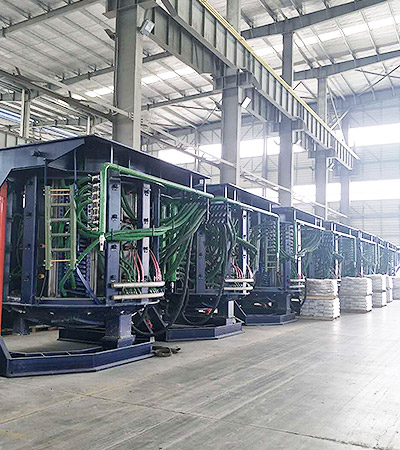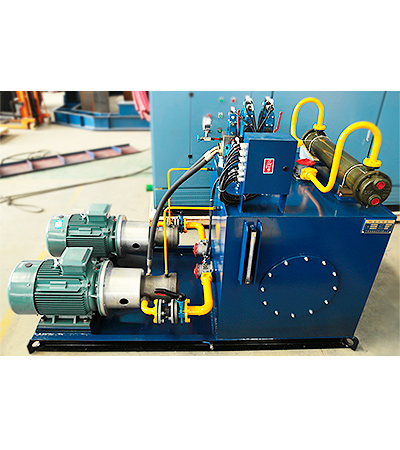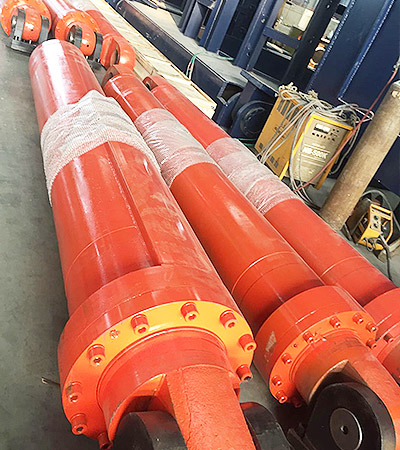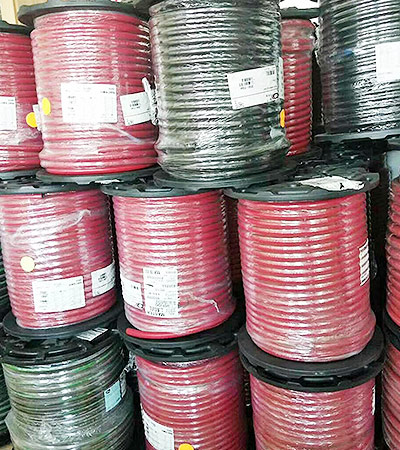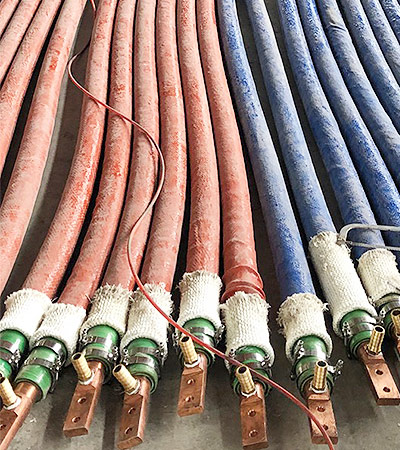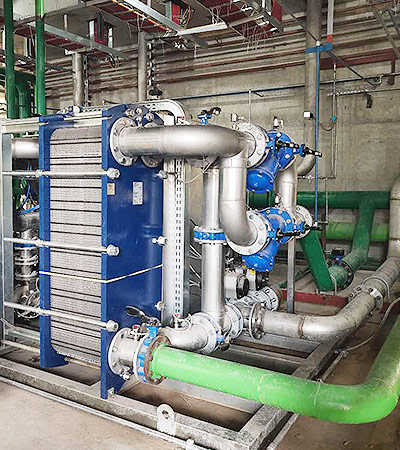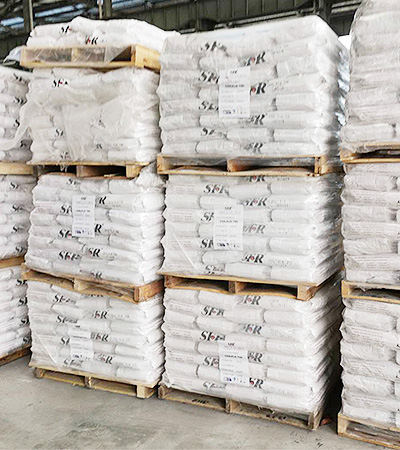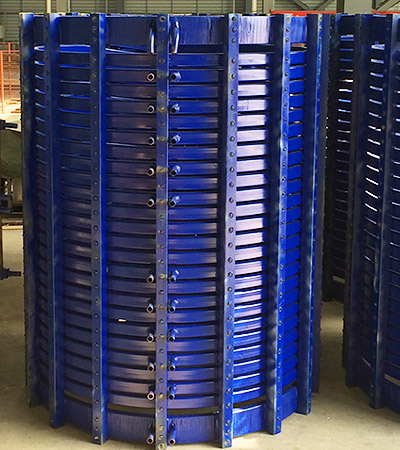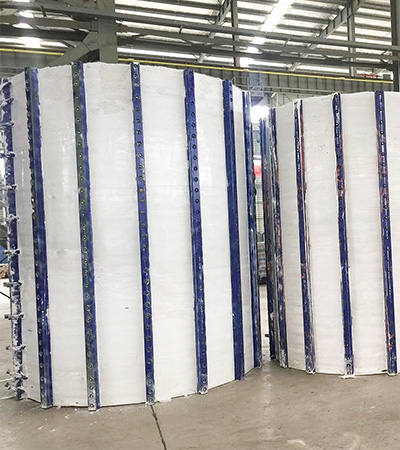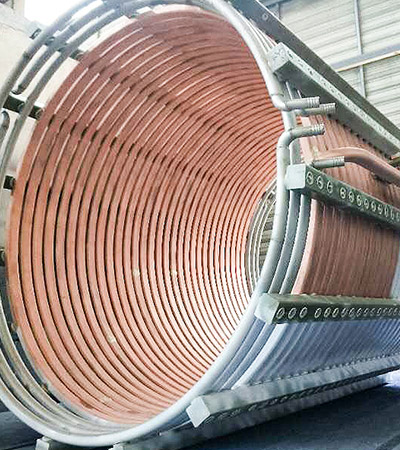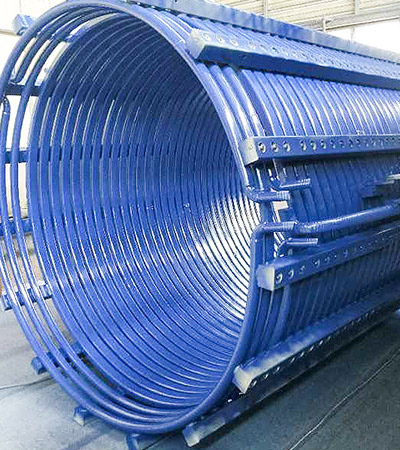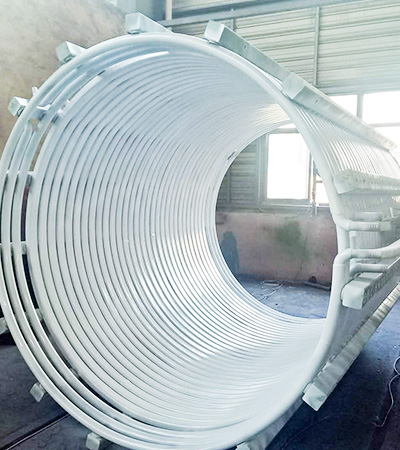An induction furnace uses electromagnetic force to melt metal. It uses a coil to generate circular electric currents that eddy-currents. These currents induce an electromagnetic force in the molten metal, stirring it and maintaining the composition of the alloy.
An induction furnace is usually open throughout the melting process. In this way, the heat loss is minimal. The rate of heating and melting depends on the power input and the amount of time the furnace is left open. This can result in substantial energy savings.
An induction furnace is typically equipped with thermal insulation materials to reduce heat loss. This allows the furnace to be used for continuous applications.
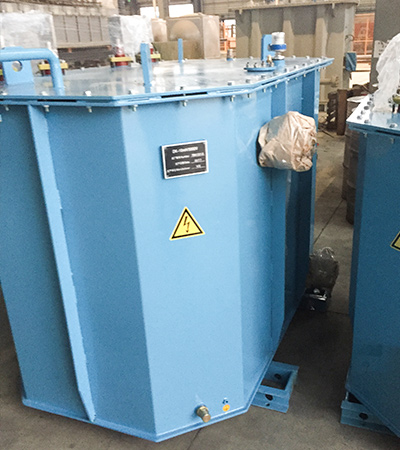
An induction furnace is made up of a shell, a crucible, an induction unit and a cooling system. The shell is a refractory lined steel shell. The crucible holds the metal charge for melting. The induction unit is a ring-shaped iron core.
The power supply to the induction coil is provided by a transformer. A separate electrical system is also used for the cooling system. A cooling tower is used for cooling the coil after it has been heated.
The amount of stirring is controlled by the size of the induction coil, the frequency of the electromagnetic field, the amount of power applied and the density of the metal. It is important to make sure that the scrap is metallurgically clean, free of oxides, sharp points and slag lumps. It is also important to ensure that the scrap is compacted to reduce energy losses.

 English
English España
España EN
EN
